

- RFQ
- BOM
-
Contact Us
Tel: +86-0755-83501315
Email: sales@sic-components.com
- Chinese
- English
- French
- German
- Portuguese
- Spanish
- Russian
- Japanese
- Korean
- Arabic
- Irish
- Greek
- Turkish
- Italian
- Danish
- Romanian
- Indonesian
- Czech
- Afrikaans
- Swedish
- Polish
- Basque
- Catalan
- Esperanto
- Hindi
- Lao
- Albanian
- Amharic
- Armenian
- Azerbaijani
- Belarusian
- Bengali
- Bosnian
- Bulgarian
- Cebuano
- Chichewa
- Corsican
- Croatian
- Dutch
- Estonian
- Filipino
- Finnish
- Frisian
- Galician
- Georgian
- Gujarati
- Haitian
- Hausa
- Hawaiian
- Hebrew
- Hmong
- Hungarian
- Icelandic
- Igbo
- Javanese
- Kannada
- Kazakh
- Khmer
- Kurdish
- Kyrgyz
- Latin
- Latvian
- Lithuanian
- Luxembou..
- Macedonian
- Malagasy
- Malay
- Malayalam
- Maltese
- Maori
- Marathi
- Mongolian
- Burmese
- Nepali
- Norwegian
- Pashto
- Persian
- Punjabi
- Serbian
- Sesotho
- Sinhala
- Slovak
- Slovenian
- Somali
- Samoan
- Scots Gaelic
- Shona
- Sindhi
- Sundanese
- Swahili
- Tajik
- Tamil
- Telugu
- Thai
- Ukrainian
- Urdu
- Uzbek
- Vietnamese
- Welsh
- Xhosa
- Yiddish
- Yoruba
- Zulu
- Kinyarwanda
- Tatar
- Oriya
- Turkmen
- Uyghur
High-Reliability Components For Aerospace
In the aerospace industry, where missions operate in extreme environments—from the vacuum of space with extreme temperature fluctuations to the intense vibrations of rocket launches—high-reliability components are not just a preference but an absolute necessity. These components form the backbone of aircraft, satellites, and spacecraft, ensuring that critical systems function flawlessly even when faced with the harshest conditions. The margin for error in aerospace applications is virtually zero; a single component failure could lead to catastrophic consequences, including loss of mission, equipment damage, or even loss of life. As a result, the design, manufacturing, and testing of high-reliability aerospace components adhere to some of the strictest standards in engineering.
Electronic components are among the most critical in aerospace systems, and their reliability is paramount. Microprocessors and microcontrollers, for example, must operate reliably in radiation-rich environments such as space. Radiation-hardened (rad-hard) microchips are specifically designed to withstand the effects of ionizing radiation, which can cause single-event upsets (SEUs) or permanent damage to standard electronics. These rad-hard processors undergo rigorous testing, including exposure to gamma rays and heavy ions, to ensure they can continue functioning during long-duration space missions, such as those to Mars or deep-space probes.
Sensors are another vital category of high-reliability components in aerospace. Pressure sensors, temperature sensors, and accelerometers must provide accurate data in extreme conditions. For instance, sensors used in jet engines must withstand temperatures exceeding 1,000°C while maintaining precise measurements to monitor engine performance and prevent failures. These sensors are often constructed with robust materials like ceramics or high-temperature alloys and are sealed to resist corrosion from fuel vapors or atmospheric contaminants. In spacecraft, sensors monitoring structural integrity must operate reliably over years, even decades, in the vacuum of space, where thermal cycling between -270°C and 120°C can stress materials and degrade performance.
Connectors and cabling are often overlooked but are critical for ensuring reliable electrical connections in aerospace systems. The vibrations experienced during takeoff or launch can loosen standard connectors, leading to signal loss or system shutdowns. Aerospace-grade connectors are designed with locking mechanisms to prevent disconnection and are made from materials like titanium or nickel alloys to resist corrosion and maintain conductivity in extreme temperatures. Cabling used in aerospace applications is also specialized—insulation must withstand high voltages, extreme temperatures, and exposure to chemicals, while shielding protects against electromagnetic interference (EMI) from other onboard systems, which could disrupt sensitive electronics.
Power management components, such as batteries and voltage regulators, are essential for reliable aerospace operations. Batteries used in satellites or spacecraft must provide consistent power for years without maintenance. Lithium-ion batteries, commonly used in aerospace, are designed with redundant cells and advanced thermal management systems to prevent overheating and ensure stable performance. Voltage regulators, which maintain a steady voltage supply to sensitive electronics, must operate efficiently across a wide range of input voltages, as power sources like solar panels can produce varying levels of electricity depending on sunlight exposure. These regulators are tested to ensure they can handle sudden voltage spikes or drops, which could otherwise damage critical systems.
Materials science plays a significant role in the reliability of aerospace components. Many components are made from composite materials, such as carbon fiber-reinforced polymers, which offer high strength-to-weight ratios and resistance to fatigue. These materials are used in airframes, spacecraft structures, and even engine parts, reducing overall weight while maintaining durability. For example, composite materials in aircraft wings can withstand repeated stress from takeoffs and landings over thousands of flights without developing cracks. In space applications, composites must also resist degradation from cosmic radiation and extreme temperature swings, ensuring structural integrity over long missions.
Testing and qualification processes for high-reliability aerospace components are extraordinarily rigorous. Components undergo environmental testing, including thermal cycling, vibration testing, and exposure to vacuum or high-pressure environments, to simulate the conditions they will encounter during missions. They are also subjected to reliability testing, such as accelerated life testing, where components are operated at elevated stress levels to predict their lifespan under normal conditions. Only components that pass these stringent tests are certified for use in aerospace applications, ensuring that they can be trusted to perform when failure is not an option.
In conclusion, high-reliability components are the foundation of safe and successful aerospace missions. From radiation-hardened electronics to robust sensors, connectors, and power systems, each component is designed and tested to thrive in the most extreme environments. As aerospace technology advances—with missions to distant planets, reusable launch vehicles, and hypersonic aircraft—the demand for even more reliable components will continue to grow. Engineers and manufacturers will need to push the boundaries of materials science, electronics, and design to meet these challenges, ensuring that aerospace systems remain reliable, efficient, and safe for years to come.
https://www.sic-components.com/

Hot Products
View MoreRelated Blogs

2000+
Daily average RFQ Volume

30,000,000
Standard Product Unit

2800+
Worldwide Manufacturers

15,000 m2
In-stock Warehouse



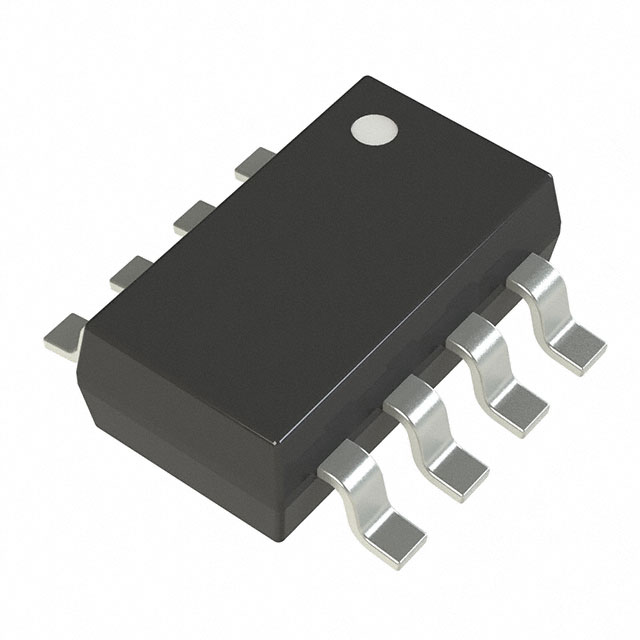

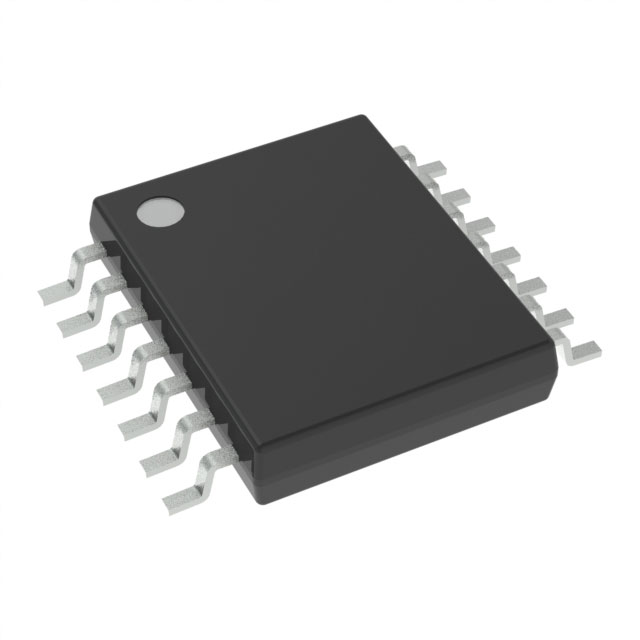
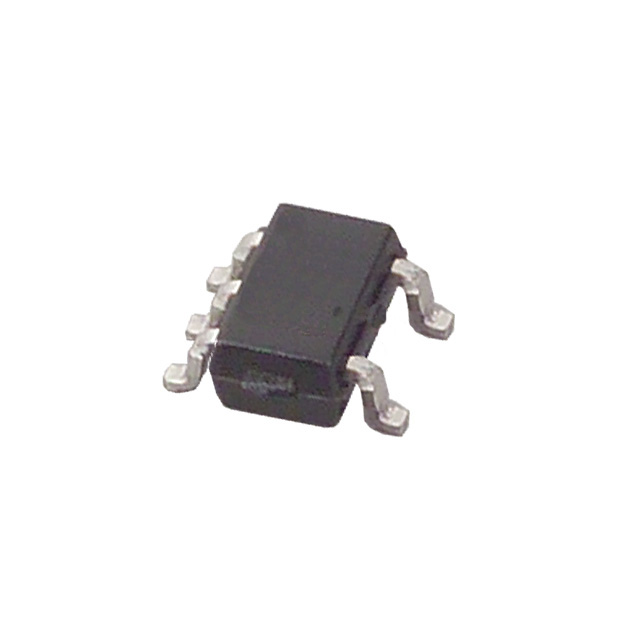
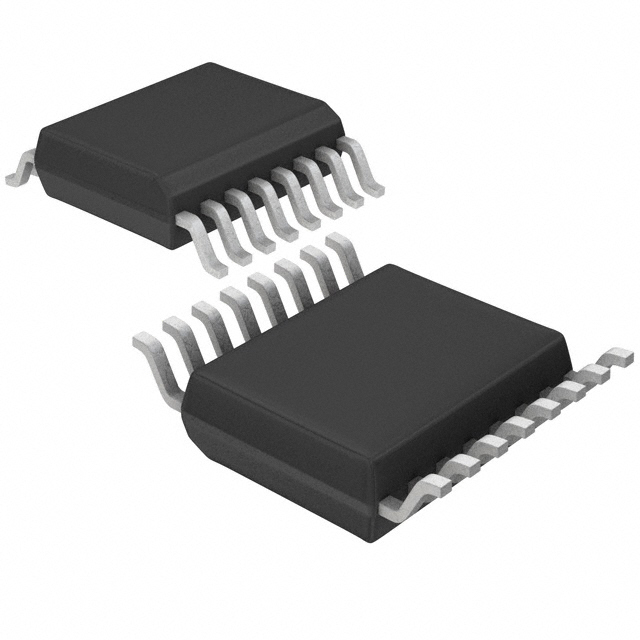
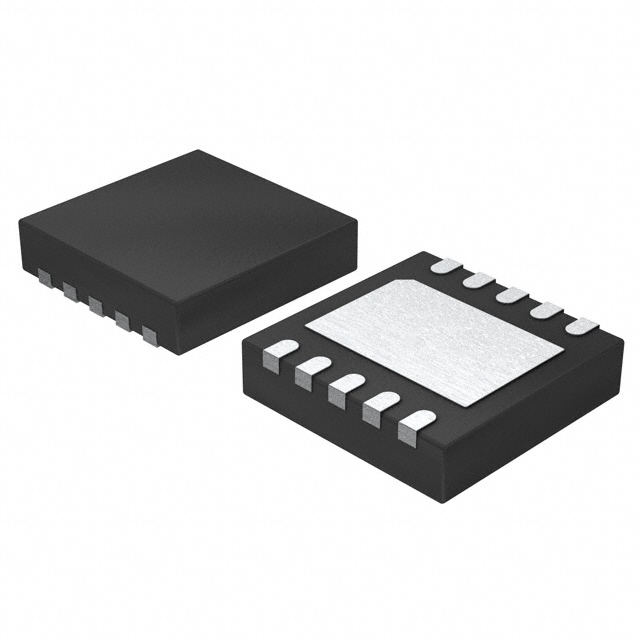
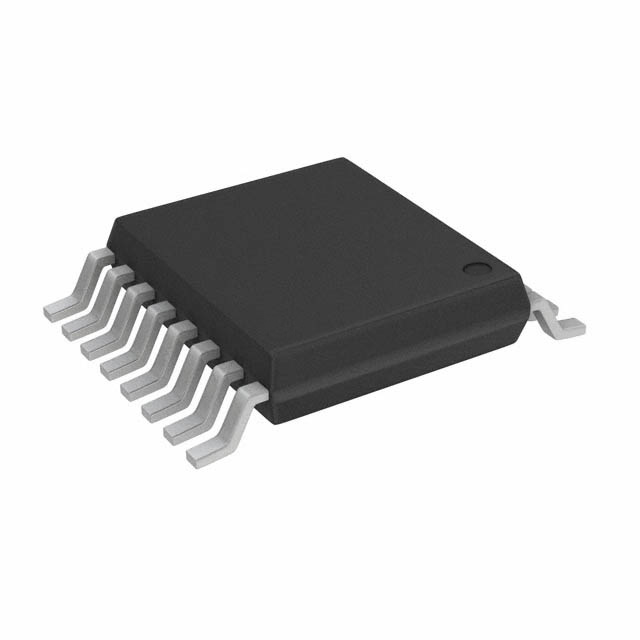
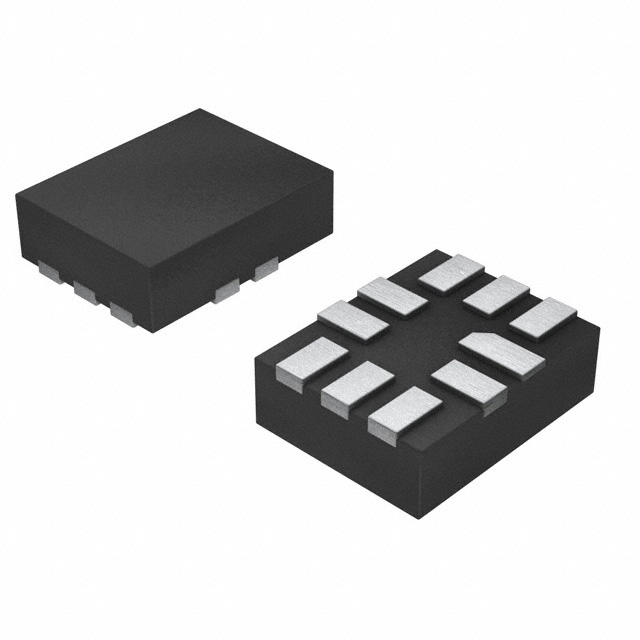
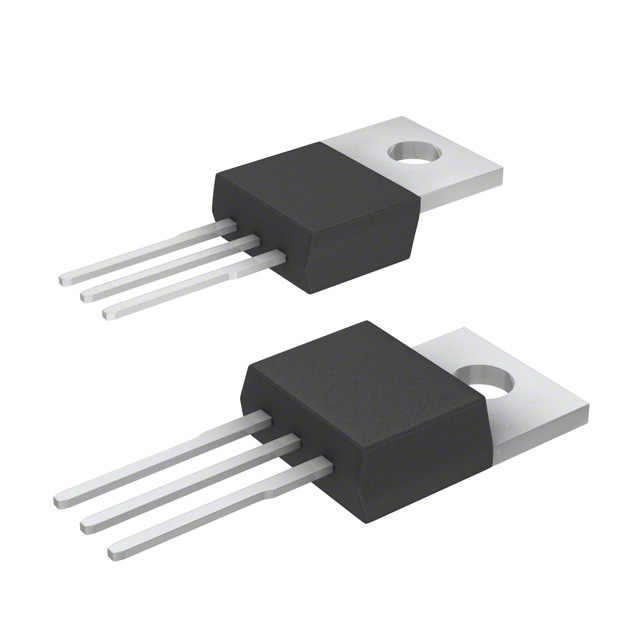

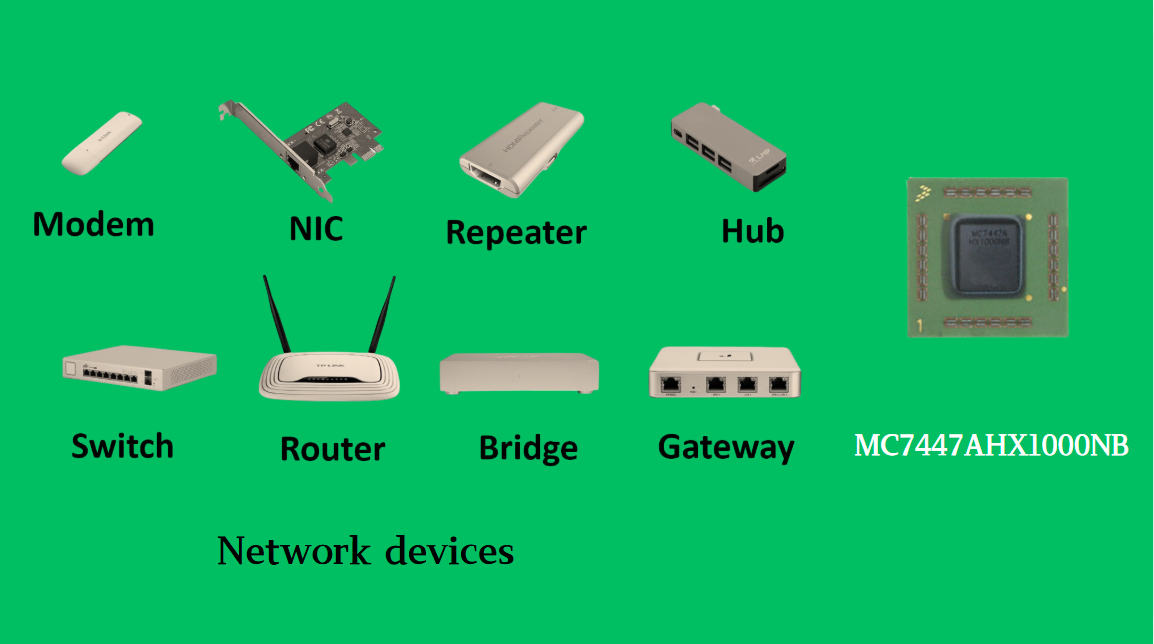
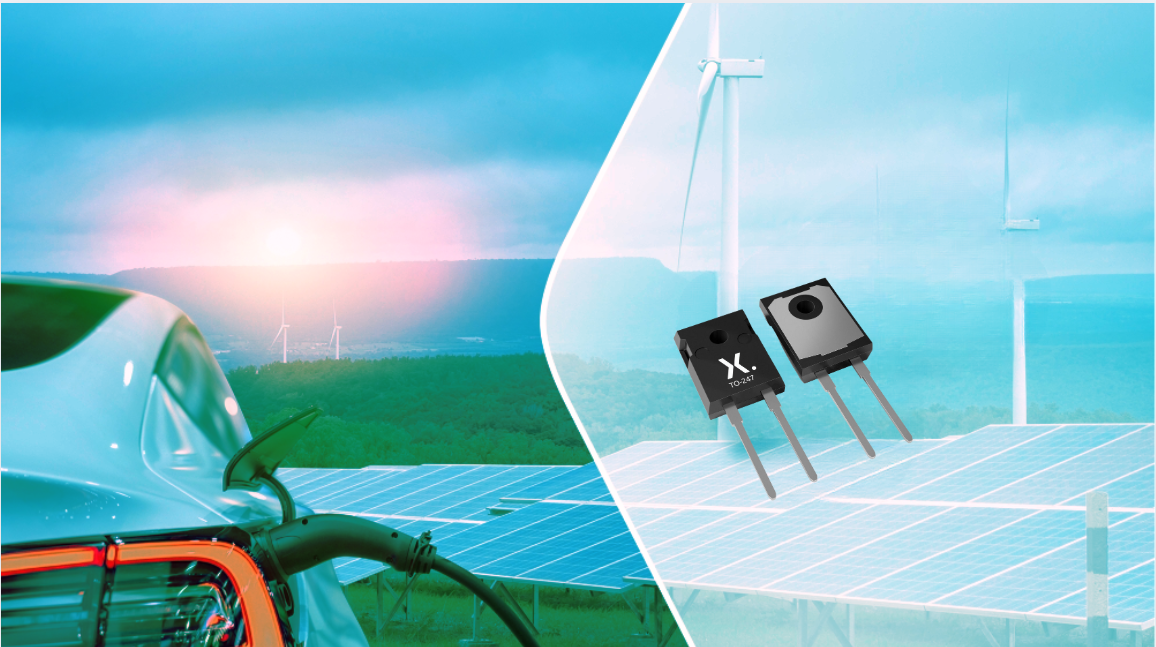







 Wishlist (0 Items)
Wishlist (0 Items)